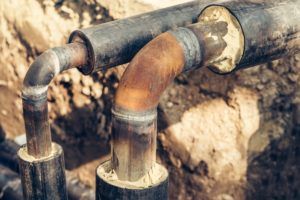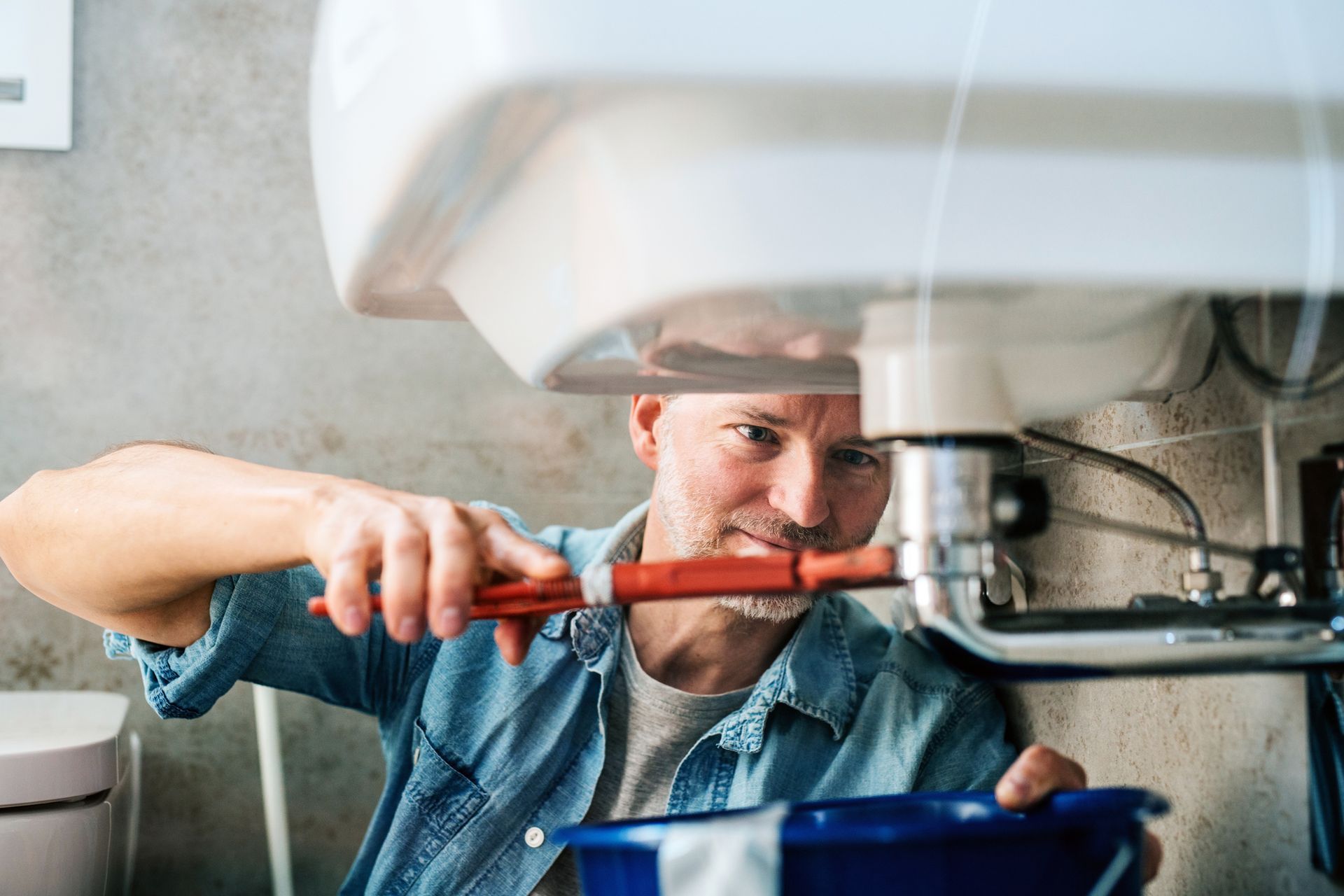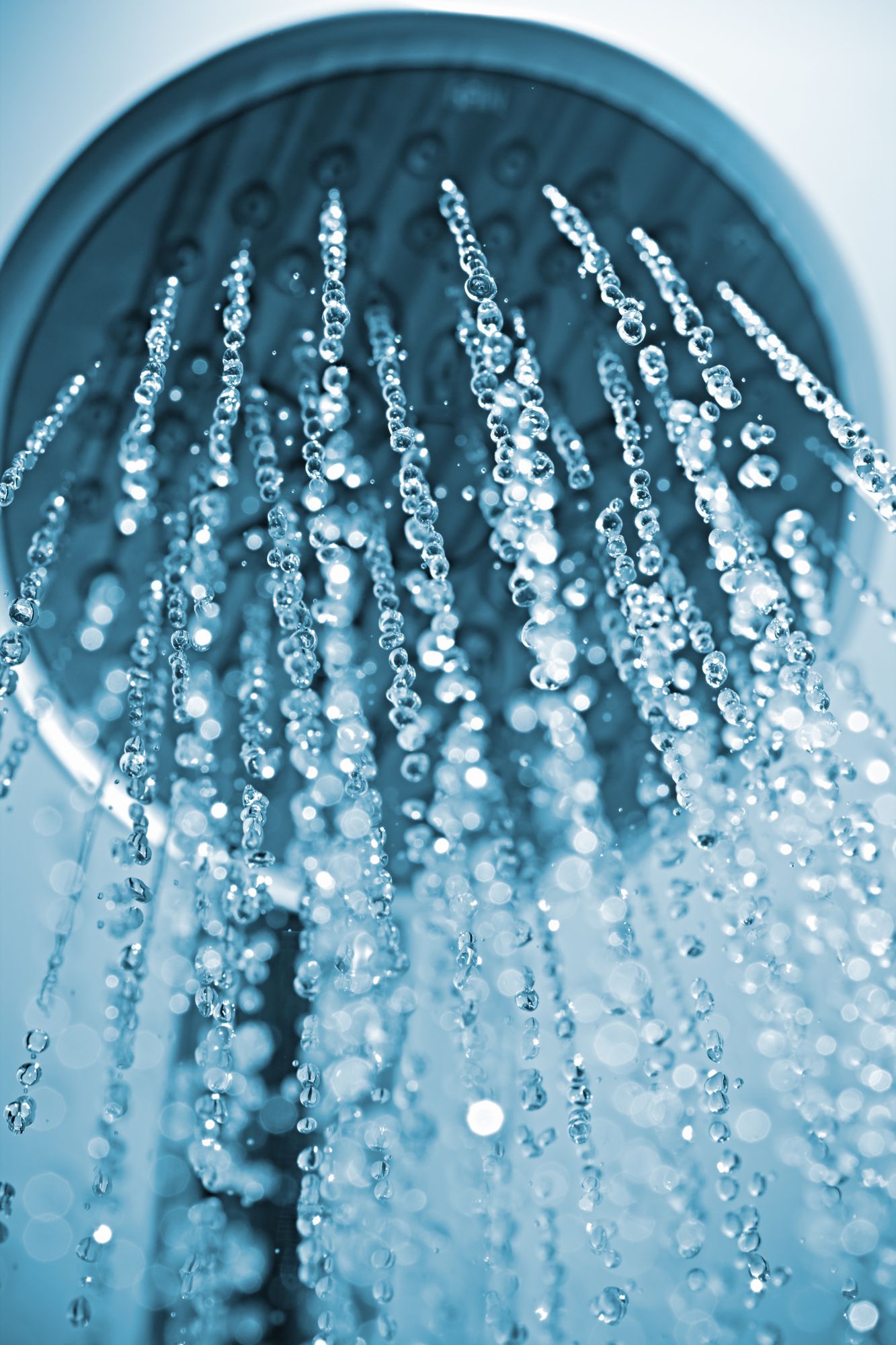8 Plumbing Issues to Look Out for in Older Houses

Old homes have an irresistible, rustic charm that entices many homeowners. However, your charming period home may be hiding numerous plumbing problems that can frustrate you if you don’t get them taken care of. Explore some common issues below.
1. Outdated Pipe Materials
Plumbing materials have evolved to give way from metal to more durable and flexible options like PVC and PEX piping. Historically, plumbers have used lead, copper, cast iron, and concrete as pipe materials. When buying an older home, have a plumber look at the type of pipe material it has. Additionally, an expert plumber can check the condition of the pipes and recommend necessary repairs.
You can also simply replace older pipes with modern options, which offer better safety and flexibility. For example, PVC pipes are heat-resistant and cut easily. PEX pipes are gaining popularity in the plumbing market as they’re inexpensive and highly flexible.
2. Pipe Bellies
Houses shift over time, causing the pipes underneath to sag or buckle. These bellied lines interrupt water flow and cause clogs and leaks. As debris accumulates along the belly’s base, you may experience sewer backups in the house. Moreover, pipe bellies make the plumbing system more prone to leaks, and you need a professional to rectify the situation.
3. Corrosion
An older plumbing system is prone to corrosion, especially if it features galvanized steel or copper pipes. Galvanized pipes have a protective zinc coating to prevent rusting. However, these pipes rust from the inside out over time, resulting in restricted water flow, leaks, and rusty water. Copper pipes can also corrode at the joints, where soldered elements join the pipe segments.
If the previous owners repainted the plumbing pipes, you might not suspect that corrosion is the source of frequent leaks. However, you should still have a plumber check old plumbing pipes for signs of rust to be safe.
4. Sewer Line Failure
Old houses can be prone to sewer line failure, depending on the material of the pipes and some other factors. For example, some sewer line cracks emerge when older homes settle and place pressure on underground lines. In other cases, tree roots penetrate weak pipes, clog sewer lines, and encourage leaks. Extreme heat and cold weather place additional stress on the pipes.
Watch out for signs of sewer line failure if you have an older home. Frequent clogs are among the top signs, especially if the house’s multiple drains clog simultaneously. A flooded yard also signals sewer line blockages, although you may smell the sewage before the water pools in the grass. The water damage resulting from sewer line leaks can also manifest as mold on your walls.
Once a plumber determines that your sewer line is failing, they will evaluate the extent of the damage. Traditionally, plumbers excavate the area around the failed sewer line for repair. Thus, don’t hesitate to call plumbing experts to fix the sewer line.
5. Damaged Fixtures
Beyond failing sewer lines and outdated pipes, your home’s plumbing fixtures may be letting the entire system down. Aging fixtures and connections can cause leaks, clogs, weak water flow, and other problems. Such fixtures include valves, faucets, handles, and spigots. Even if they appear fine, the plumbing system will function much better with modern fixtures.
Keep in mind that leaky faucets and sinks only inflate your utility bills. Moreover, you can upgrade these elements to modernize your period home. Also, consider a bathtub replacement for statement models that can revamp your bathroom’s appeal. Additionally, check for cracks on the toilet’s porcelain and look into water efficient toilet models.
6. Bad Repair
When you purchase an old home, keep in mind that the previous owner may have done some repair work on the plumbing. In the case of a vintage home, you’ll likely not have the proper documentation to identify all the repairs. In some scenarios, the previous owner may have done some DIY repairs that caused more damage.
Shoddy repairs can result in many problems, including leaks, improperly sloped showers, and unsecured pipes. Some of these issues, like faulty water lines, can be pretty dangerous. Thus, contact an experienced plumber to check the system for any poor repairs.
7. Lower Water Pressure
Older homes commonly have undersized piping for today’s water supply standards. In this case, a plumber needs to upgrade the supply line to fulfill the requirements of a modern household. For homes with steel pipes, lime deposits accumulate over time and restrict water flow. Further, faulty or aging fixtures like faucets and showerheads can cause low water pressure.
8. Clogged Drains
Your home’s previous owner may have flushed items that don’t belong down the drain. Moreover, curious children can flush down toys and household items. Further, soap scum, hair, and shampoo can clog bathroom drains, and kitchen fats and food crumbs can damage kitchen drains. Call the plumber if your older home has smelly or clogged drains.
If you buy an older home, reach out to Jim Dhamer Plumbing and Sewer to fix any plumbing issues it may have. We diagnose and correct a wide range of plumbing problems to help you settle into your new house. Call us today at (630) 964-2222 for expert plumbing services.
The post 8 Plumbing Issues to Look Out for in Older Houses appeared first on .
Leave A Reply
More Posts









